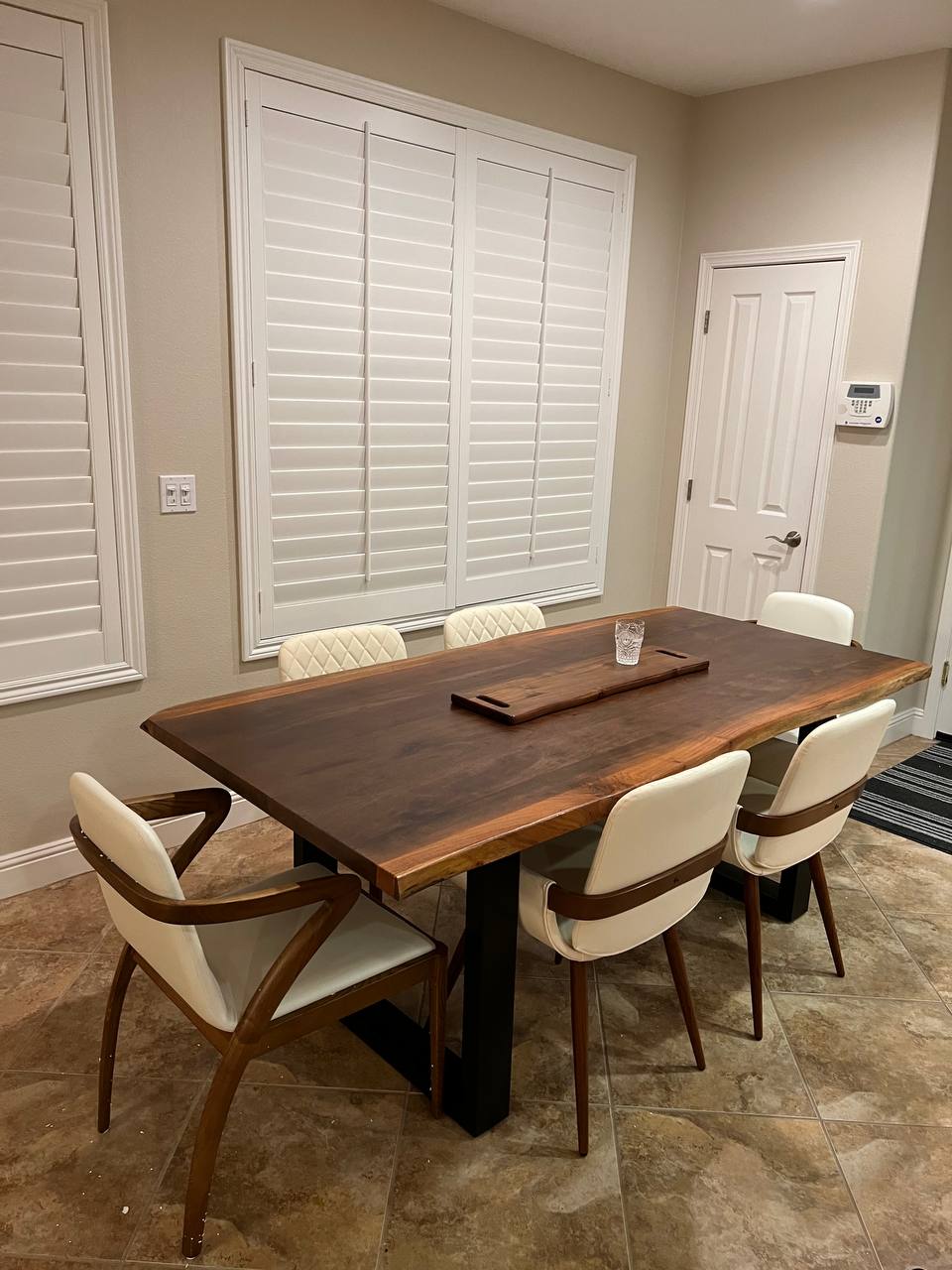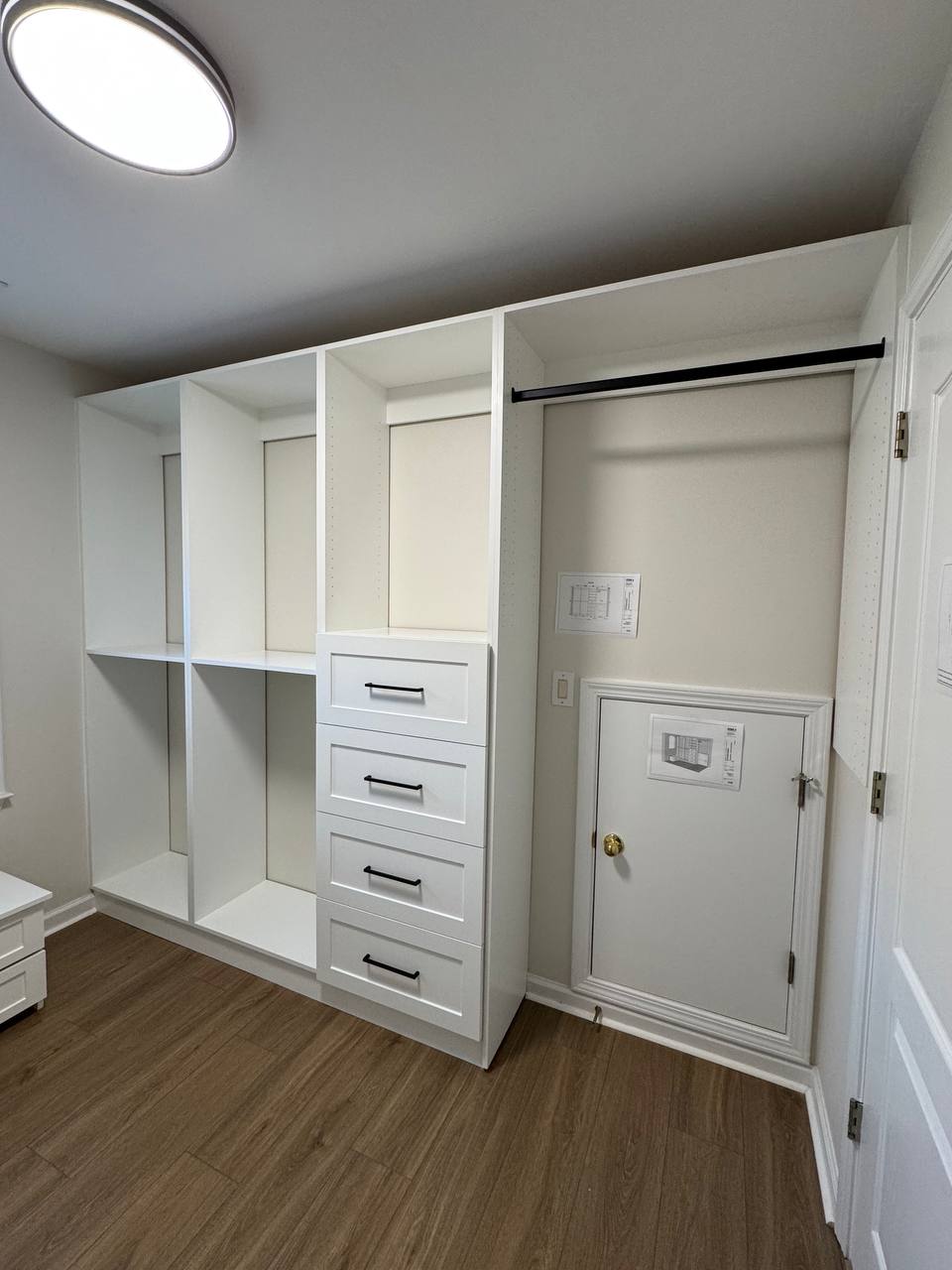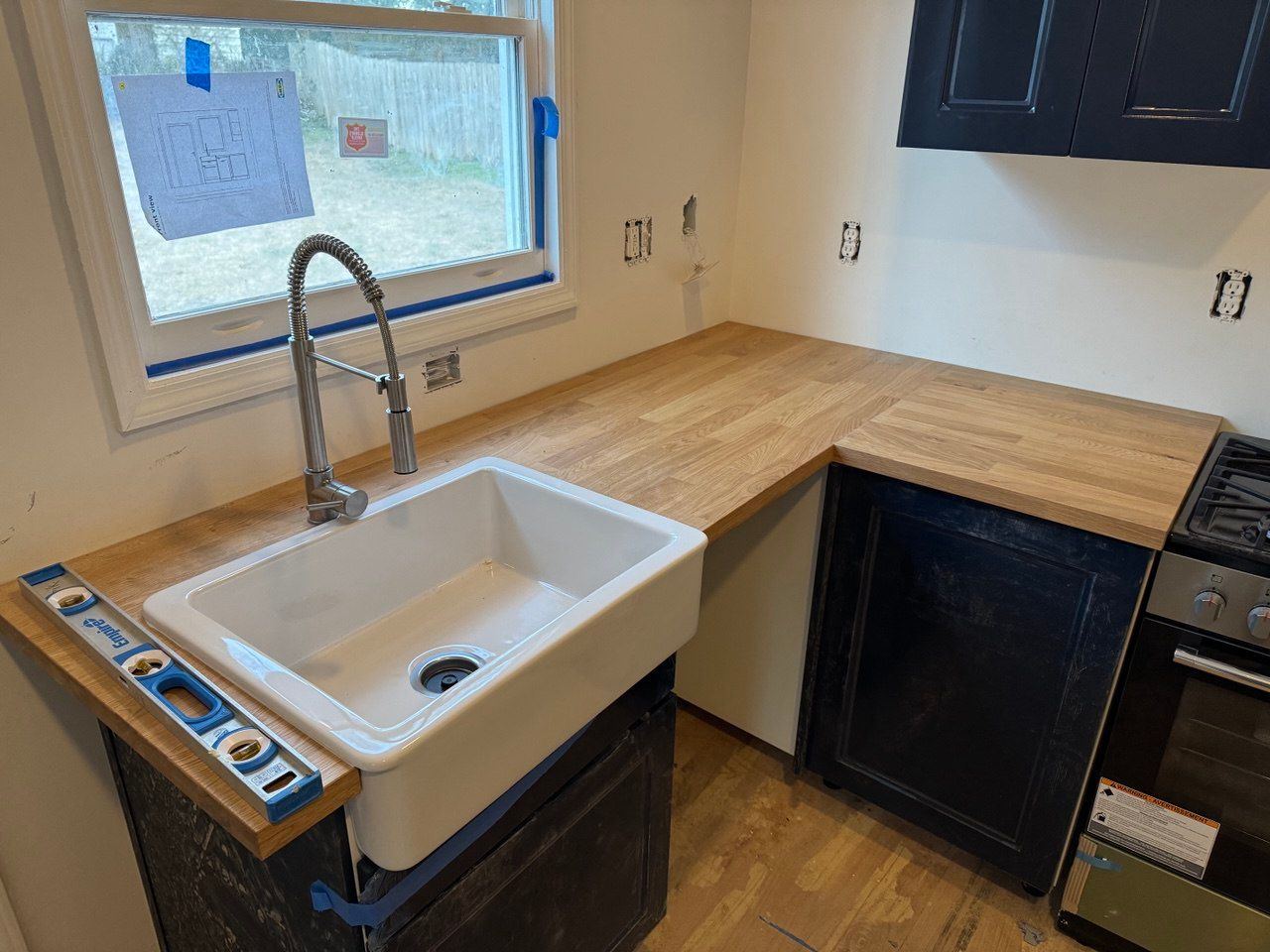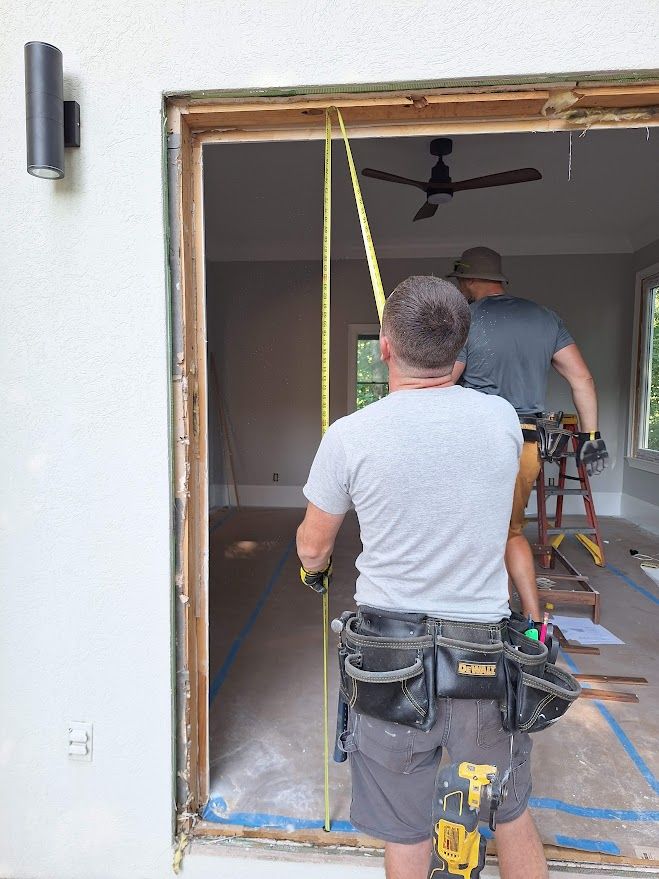Common Challenges in DIY Assembly and How to Overcome Them
Assembling furniture or other DIY projects can be a thrilling experience—until you find yourself sweating over an instruction manual that seems to have been written by ancient philosophers rather than modern manufacturers. We’ve all been there: missing screws, cryptic diagrams, and that dreaded realization that you’ve just spent two hours putting something together backward. Don’t worry, you’re not alone! Here, we’ll dive into the most common DIY assembly challenges and, more importantly, how to conquer them with your sanity intact.
The Mystery of Missing Parts
You’ve unpacked the box, laid out all the pieces, and started assembling—only to discover that a critical screw is nowhere to be found. Is it lost in the packaging? Did the manufacturer forget it? Or, worse, did your cat just bat it under the couch?
How to Overcome It:
- Check the Packaging Thoroughly – Small parts often get stuck in the box flaps or hidden in protective wrapping.
- Count Everything Before You Start – Compare the contents with the inventory list in the manual.
- Have Spares on Hand – Keeping a small collection of extra screws, nuts, and bolts can be a lifesaver.
- Contact Customer Support – Most manufacturers will send replacements free of charge if you’re missing an essential piece.
The Puzzle of Unclear Instructions
Sometimes, instruction manuals seem like they were designed as an IQ test rather than an assembly guide. Ambiguous diagrams, missing steps, or translations that turn “tighten the screw” into “rotate the metal until destiny aligns”—we’ve all seen them.
How to Overcome It:
- Read the Entire Manual Before You Begin – Understanding the full scope of the project will save you from surprises halfway through.
- Look for Online Guides or Videos – Many manufacturers (or fellow DIYers) upload assembly tutorials on YouTube.
- Break It Down Step by Step – If an instruction doesn’t make sense, analyze each component separately.
- Ask for Help – Sometimes a second pair of eyes can decipher an unclear manual faster than struggling alone.
The Curse of Inadequate Tools
You’re halfway through building your new desk when you realize you don’t have the right screwdriver size. What do you do? Try using a butter knife? Your fingernails? We’ve all been tempted.
How to Overcome It:
- Check the Required Tools in Advance – The manual should list what’s needed. If it doesn’t, a quick glance at the pieces should give you an idea.
- Invest in a Basic Tool Kit – A good set of screwdrivers, a power drill, and an Allen wrench set will cover most DIY projects.
- Avoid Improvising with the Wrong Tools – Using a coin instead of a screwdriver might seem clever, but it can strip screws and cause more frustration.
The Illusion of Time Management
“This should take about 30 minutes,” you say optimistically. Three hours later, you’re surrounded by unfinished furniture, questioning your life choices.
How to Overcome It:
- Double Your Estimated Time – If the manual says 30 minutes, assume an hour—especially if it’s your first time assembling that type of item.
- Plan Breaks to Avoid Fatigue – Working while frustrated leads to mistakes.
- Don’t Start Right Before Bedtime – Midnight DIY projects often lead to regret and missing pieces in the morning.
The Backward Assembly Disaster
You’ve screwed in the last piece, only to realize the entire thing is upside down. Taking it apart feels like betrayal, but there’s no other choice.
How to Overcome It:
- Dry Fit Before Screwing Everything In – Align pieces without fully tightening screws to confirm everything is positioned correctly.
- Triple-Check Orientation – Pay close attention to subtle details in diagrams, like which side a hole is drilled on.
- Keep a Screwdriver Handy for Reversals – Mistakes happen, and the faster you accept it and fix it, the better.
The Strength vs. Finesse Dilemma
Some parts refuse to fit, so you push harder—only to hear a horrifying crack. Conversely, you barely tighten a screw, and the whole structure wobbles.
How to Overcome It:
- Don’t Force It – If a piece won’t fit, check the orientation and alignment before applying brute strength.
- Tighten Screws Evenly – Alternate between screws to ensure balanced pressure.
- Use the Right Amount of Force – Overtightening can strip screws, while under-tightening leads to instability.
The “I’ll Finish This Later” Syndrome
Half-assembled furniture sitting in the corner for weeks—sound familiar? Life gets busy, but unfinished projects lead to clutter and stress.
How to Overcome It:
- Set a Deadline – Even a casual goal like “finish by Sunday” helps motivation.
- Break the Project into Smaller Tasks – Complete one section at a time if needed.
- Reward Yourself for Completion – Whether it’s a cup of coffee or a celebratory dance, acknowledging your success makes future projects feel easier.
Conclusion: Embrace the Process
DIY assembly isn’t just about putting furniture together—it’s about patience, problem-solving, and maybe even a little character-building (whether we like it or not). Next time you face a missing screw, a puzzling manual, or an unexpected time sink, take a deep breath and remember: every challenge is just another step toward mastering the art of DIY. And hey, at the very least, you’ll have a great story to tell when your friends come over and admire your newly assembled masterpiece!
Handyman Expert is your trusted partner for all your home repair and improvement needs.
Contact us today to experience professional service that exceeds expectations!























